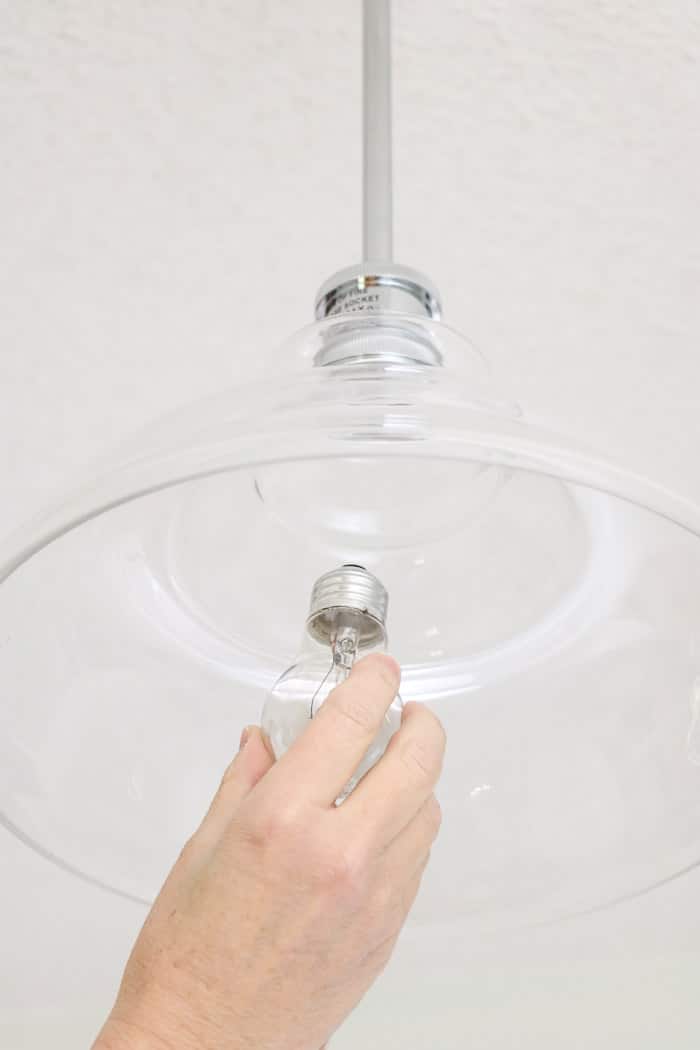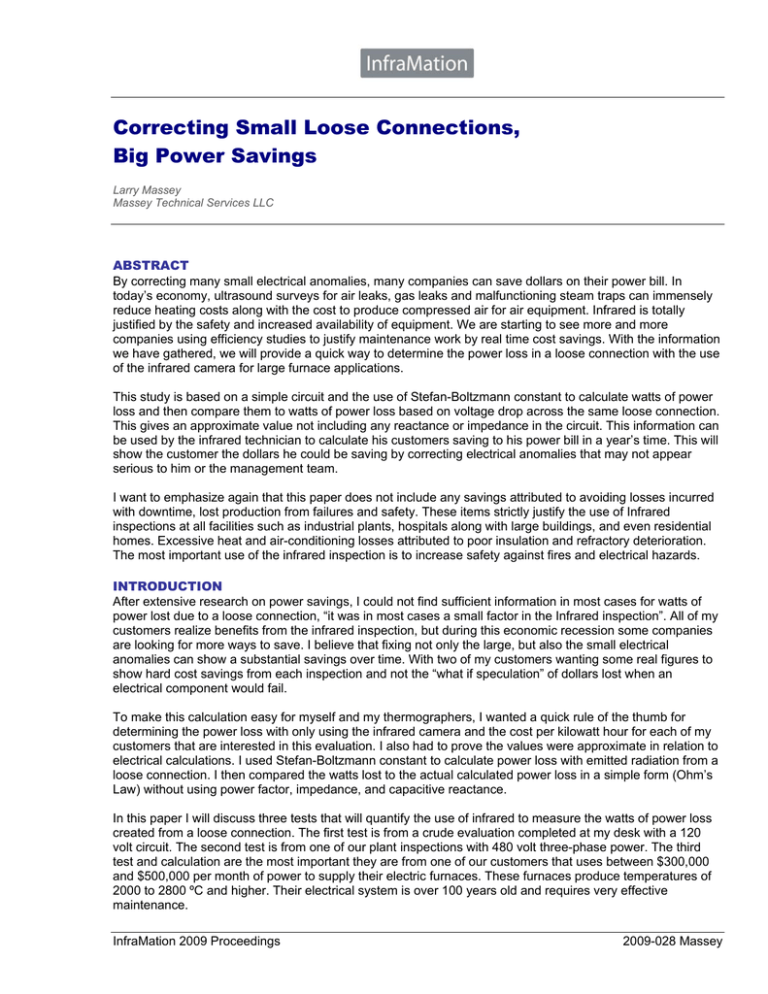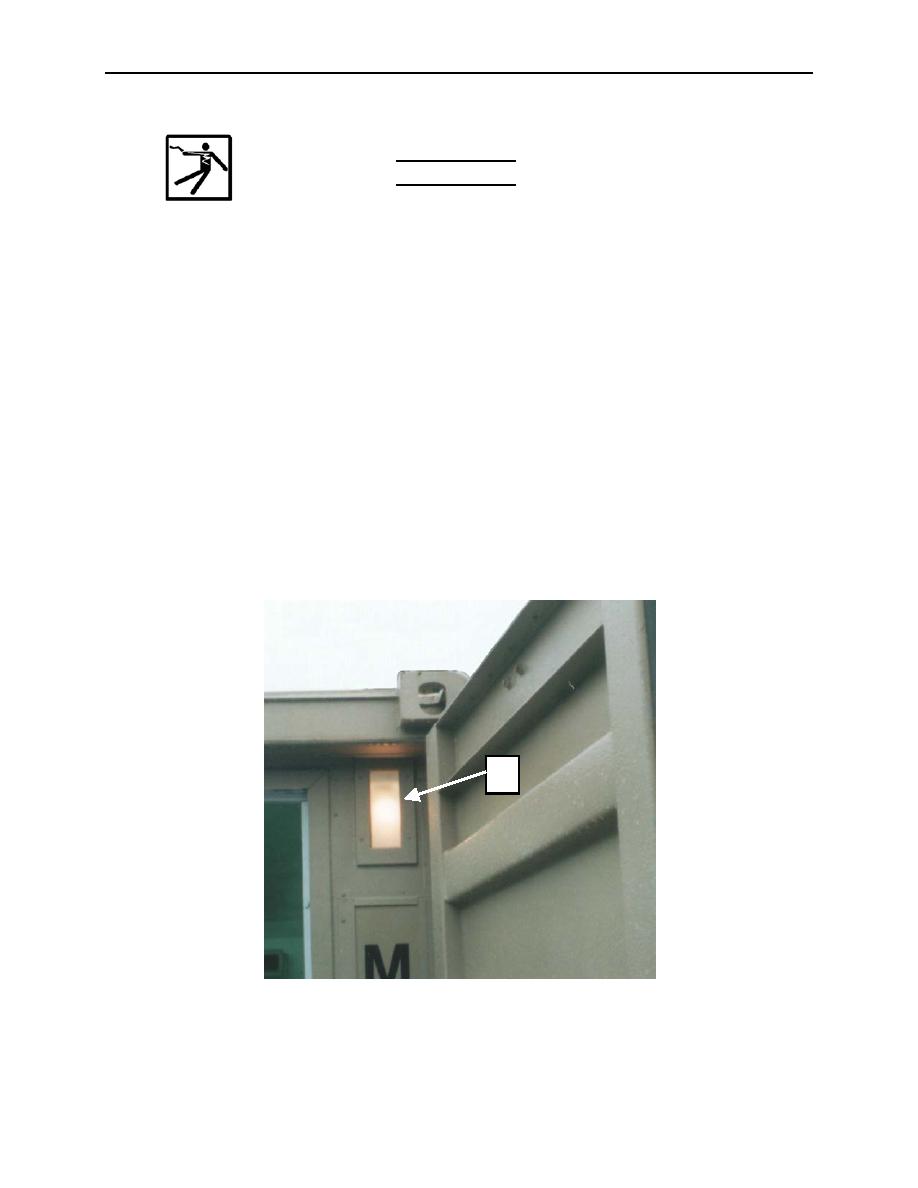1. Check the Light Bulb
The first and most obvious solution is to check the light bulb. Over time, light bulbs can become loose or burn out, causing them to flicker. Turn off the light and make sure the bulb is securely screwed in. If it's loose, tighten it and see if the flickering stops. If the bulb is burnt out, replace it with a new one.
2. Check the Light Switch
If the light bulb isn't the issue, the next step is to check the light switch. Sometimes, a faulty light switch can cause flickering lights. Turn the switch off and on a few times to see if that helps. If not, try replacing the switch with a new one.
3. Check the Circuit Breaker
If the light switch doesn't seem to be the problem, it's time to check the circuit breaker. A circuit overload can cause lights to flicker. Look for any tripped breakers and reset them. If the issue persists, it may be a sign of a more significant electrical problem, and you should call an electrician.
4. Check the Wiring
In some cases, faulty wiring can cause light flickering. If you feel comfortable doing so, turn off the power and check the wiring in the light fixture. Look for any loose or damaged wires and make sure they are securely connected. If you're not sure what to look for, it's best to call a professional electrician.
5. Replace the Light Bulb
If the light bulb is the issue, simply replacing it with a new one should solve the problem. Make sure to use the correct wattage for the fixture to prevent any future flickering.
6. Tighten the Light Bulb
If the light bulb is not burnt out but still flickering, it may just be loose. Turn off the light and tighten the bulb to see if that helps. Sometimes, vibrations from opening and closing cabinets can loosen the bulb, causing it to flicker.
7. Clean the Light Fixture
Dust and debris can build up in light fixtures, causing them to overheat and flicker. Turn off the light and carefully clean the fixture with a dry cloth. Make sure not to touch the bulb while it's hot. Regularly cleaning your light fixtures can also help prevent flickering in the future.
8. Check for Loose Connections
If you've checked the bulb, switch, and wiring and still can't find the source of the flickering, it may be due to loose connections. Turn off the power and check all the connections in the light fixture, making sure they are tight and secure.
9. Call an Electrician
If you're not comfortable working with electricity or can't find the source of the flickering, it's best to call a professional electrician. They can safely and effectively diagnose and fix any electrical issues in your kitchen.
10. Replace the Light Fixture
If all else fails, it may be time to replace the light fixture altogether. Old or faulty fixtures can cause lights to flicker, and it's best to replace them to prevent any further issues. Make sure to choose a fixture that is compatible with your kitchen's electrical system.
The Importance of Proper Lighting in Kitchen Design

Creating a Welcoming and Functional Kitchen Space
 One of the most important aspects of designing a kitchen is ensuring that it is both functional and welcoming. After all, the kitchen is often considered the heart of the home, where families gather to cook, eat, and spend quality time together. However, one factor that is often overlooked in kitchen design is the lighting. Many homeowners focus on the layout, appliances, and color scheme, but neglect to consider the impact of lighting.
Proper lighting is essential for creating an inviting and functional kitchen space, and can even help to increase the value of your home.
One of the most important aspects of designing a kitchen is ensuring that it is both functional and welcoming. After all, the kitchen is often considered the heart of the home, where families gather to cook, eat, and spend quality time together. However, one factor that is often overlooked in kitchen design is the lighting. Many homeowners focus on the layout, appliances, and color scheme, but neglect to consider the impact of lighting.
Proper lighting is essential for creating an inviting and functional kitchen space, and can even help to increase the value of your home.
The Effects of Natural Light
 When designing a kitchen, one of the first things to consider is the amount of natural light that enters the space. Natural light not only helps to brighten up the room, making it feel more open and airy, but it also has numerous health benefits.
Exposure to natural light has been linked to improved mood, productivity, and overall wellbeing.
To maximize the amount of natural light in your kitchen, consider incorporating large windows, skylights, or a glass door that leads to an outdoor space.
When designing a kitchen, one of the first things to consider is the amount of natural light that enters the space. Natural light not only helps to brighten up the room, making it feel more open and airy, but it also has numerous health benefits.
Exposure to natural light has been linked to improved mood, productivity, and overall wellbeing.
To maximize the amount of natural light in your kitchen, consider incorporating large windows, skylights, or a glass door that leads to an outdoor space.
The Benefits of Task Lighting
 In addition to natural light, task lighting is crucial for a functional kitchen. Task lighting is focused lighting that is specifically designed to illuminate work areas, making it easier to prepare meals and complete daily tasks.
Under cabinet lighting, pendant lights above the kitchen island, and recessed lighting above the stove and sink are all examples of task lighting that can enhance the functionality of your kitchen.
When choosing task lighting, it is important to consider the color temperature, as cooler tones are ideal for task lighting as they mimic natural daylight.
In addition to natural light, task lighting is crucial for a functional kitchen. Task lighting is focused lighting that is specifically designed to illuminate work areas, making it easier to prepare meals and complete daily tasks.
Under cabinet lighting, pendant lights above the kitchen island, and recessed lighting above the stove and sink are all examples of task lighting that can enhance the functionality of your kitchen.
When choosing task lighting, it is important to consider the color temperature, as cooler tones are ideal for task lighting as they mimic natural daylight.
The Impact of Ambient Lighting
 Ambient lighting, also known as general lighting, is the overall lighting in a room that provides a comfortable level of brightness and helps to set the mood. In the kitchen, ambient lighting can come from ceiling lights, chandeliers, or even recessed lighting.
Ambient lighting is essential for creating a warm and inviting atmosphere in the kitchen, and can also be used to highlight specific design elements, such as a statement backsplash or a kitchen island.
Consider installing dimmer switches for your ambient lighting, allowing you to adjust the brightness based on the time of day or the desired ambiance.
Ambient lighting, also known as general lighting, is the overall lighting in a room that provides a comfortable level of brightness and helps to set the mood. In the kitchen, ambient lighting can come from ceiling lights, chandeliers, or even recessed lighting.
Ambient lighting is essential for creating a warm and inviting atmosphere in the kitchen, and can also be used to highlight specific design elements, such as a statement backsplash or a kitchen island.
Consider installing dimmer switches for your ambient lighting, allowing you to adjust the brightness based on the time of day or the desired ambiance.
Dealing with Flickering Lights
 One common issue that homeowners may face with their kitchen lighting is flickering. This can be caused by a variety of factors, such as a loose bulb, a faulty fixture, or even an overloaded circuit.
If you notice flickering lights in your kitchen, it is important to address the issue promptly to ensure the safety and functionality of your space.
Consider consulting a professional electrician to help diagnose and fix the problem.
One common issue that homeowners may face with their kitchen lighting is flickering. This can be caused by a variety of factors, such as a loose bulb, a faulty fixture, or even an overloaded circuit.
If you notice flickering lights in your kitchen, it is important to address the issue promptly to ensure the safety and functionality of your space.
Consider consulting a professional electrician to help diagnose and fix the problem.
Conclusion
 In conclusion, proper lighting is an essential aspect of kitchen design that should not be overlooked. Whether it's through natural light, task lighting, ambient lighting, or a combination of all three,
the right lighting can enhance the functionality, mood, and overall aesthetic of your kitchen.
By considering your lighting options early on in the design process, you can create a space that is not only beautiful, but also practical and inviting for both you and your family.
In conclusion, proper lighting is an essential aspect of kitchen design that should not be overlooked. Whether it's through natural light, task lighting, ambient lighting, or a combination of all three,
the right lighting can enhance the functionality, mood, and overall aesthetic of your kitchen.
By considering your lighting options early on in the design process, you can create a space that is not only beautiful, but also practical and inviting for both you and your family.

















:max_bytes(150000):strip_icc()/wall-switch-troubleshooting-and-repair-1824662-hero-cfe090a69d4e460bbb0b0d2dcf8783ba.gif)


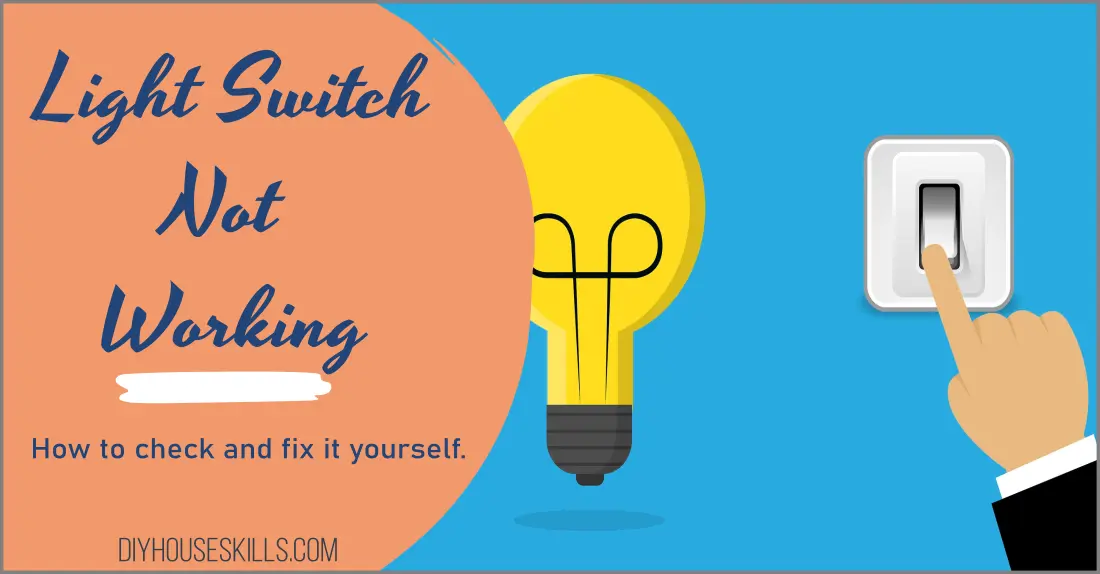







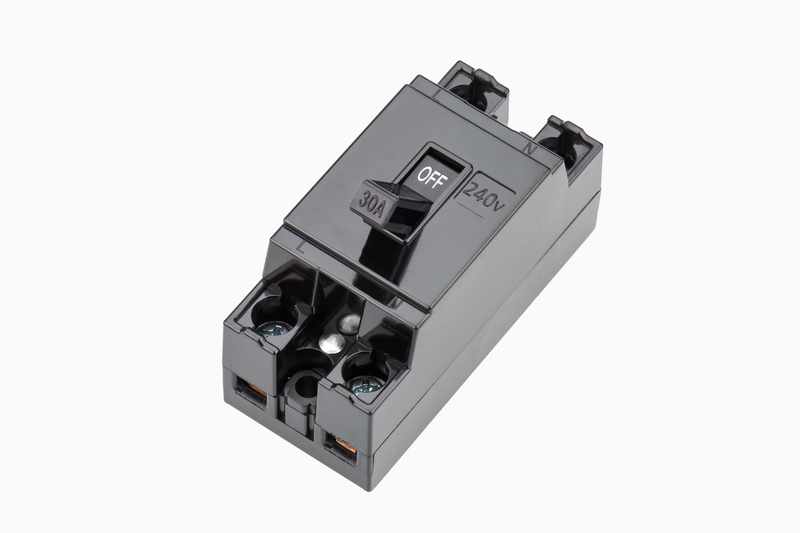


:max_bytes(150000):strip_icc()/circuit-breakers-how-to-reset-a-circuit-breaker-1152756-hero-e69fdfecd2d64a06800fa0f77089c98f.jpg)





/l4-2.3l_turbo/Page-521005.png)




















